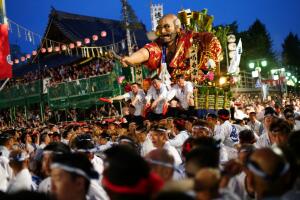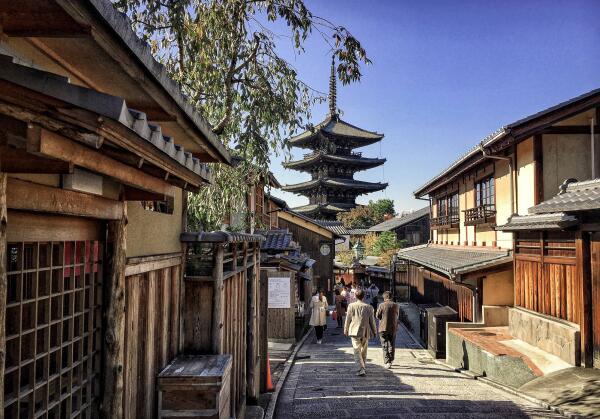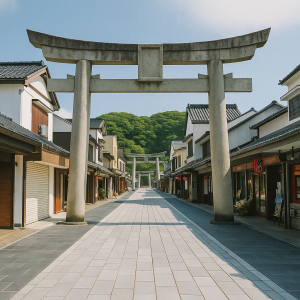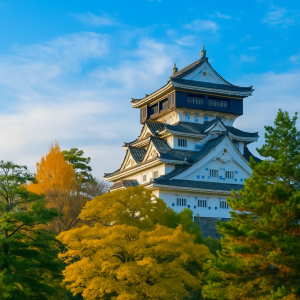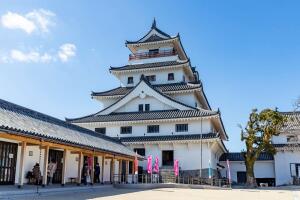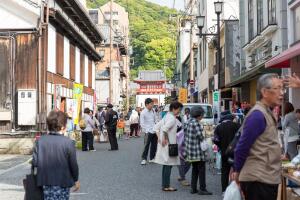In Fukuoka, getting around is easy thanks to JR trains, Nishitetsu trains, subways, and buses. Hakata Station is the city’s main hub, with connections across Kyushu and to Honshu. To visit Dazaifu, Nishitetsu trains from Tenjin Station are your best option. Tenjin is also a popular area for shopping and dining. Most local buses are operated by Nishitetsu, and the subway connects Hakata, Tenjin, and Fukuoka Airport, which is only five minutes away by subway from Hakata Station.
For tickets, prepaid IC cards like Sugoca, Nimoca, and Hayakaken are the most convenient, as they work on all trains, buses, and subways in the area. A 1-day subway pass costs 640 yen and provides unlimited subway rides for one day. There’s also a Tourist City Pass (2,500–2,800 yen) for visitors, valid on almost all transport in the city and offering discounts at attractions. However, it’s often more expensive than just using an IC card. For day trips outside Fukuoka, the Fukuoka Wide Pass (3,500 yen) covers JR trains for two days, though it doesn’t include subways or the shinkansen.
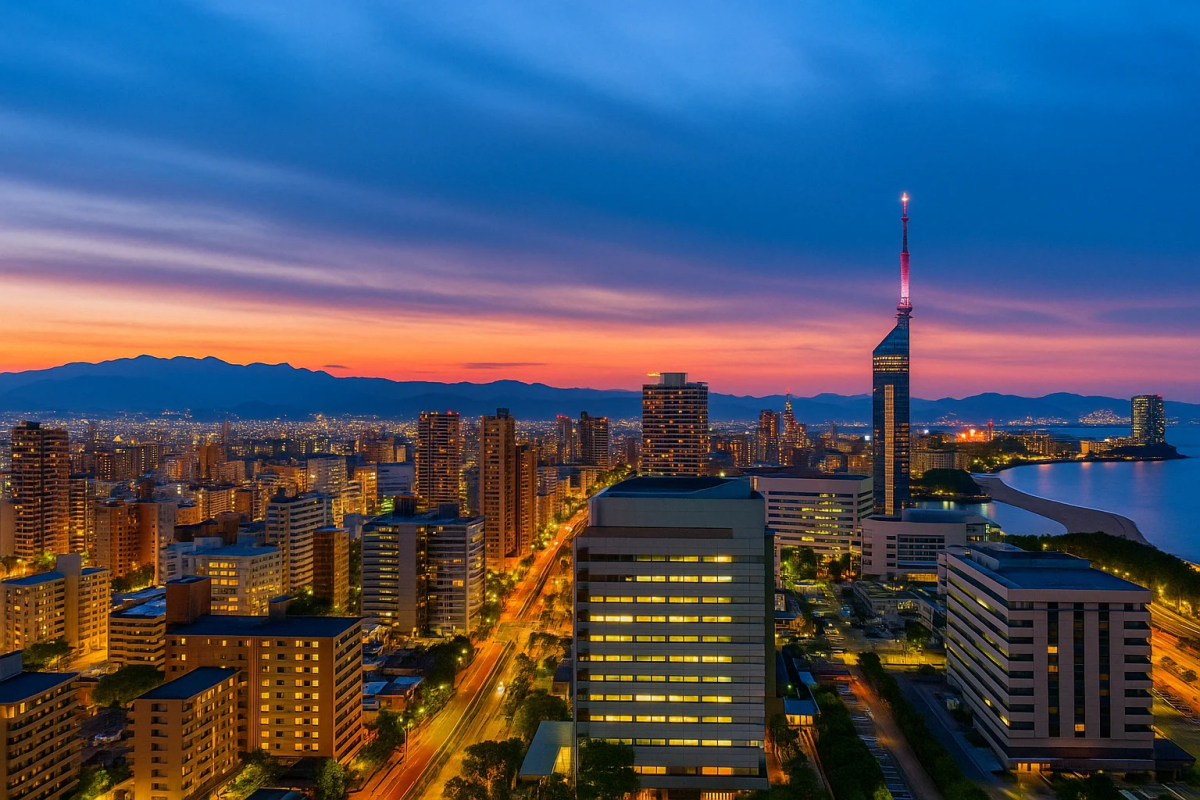
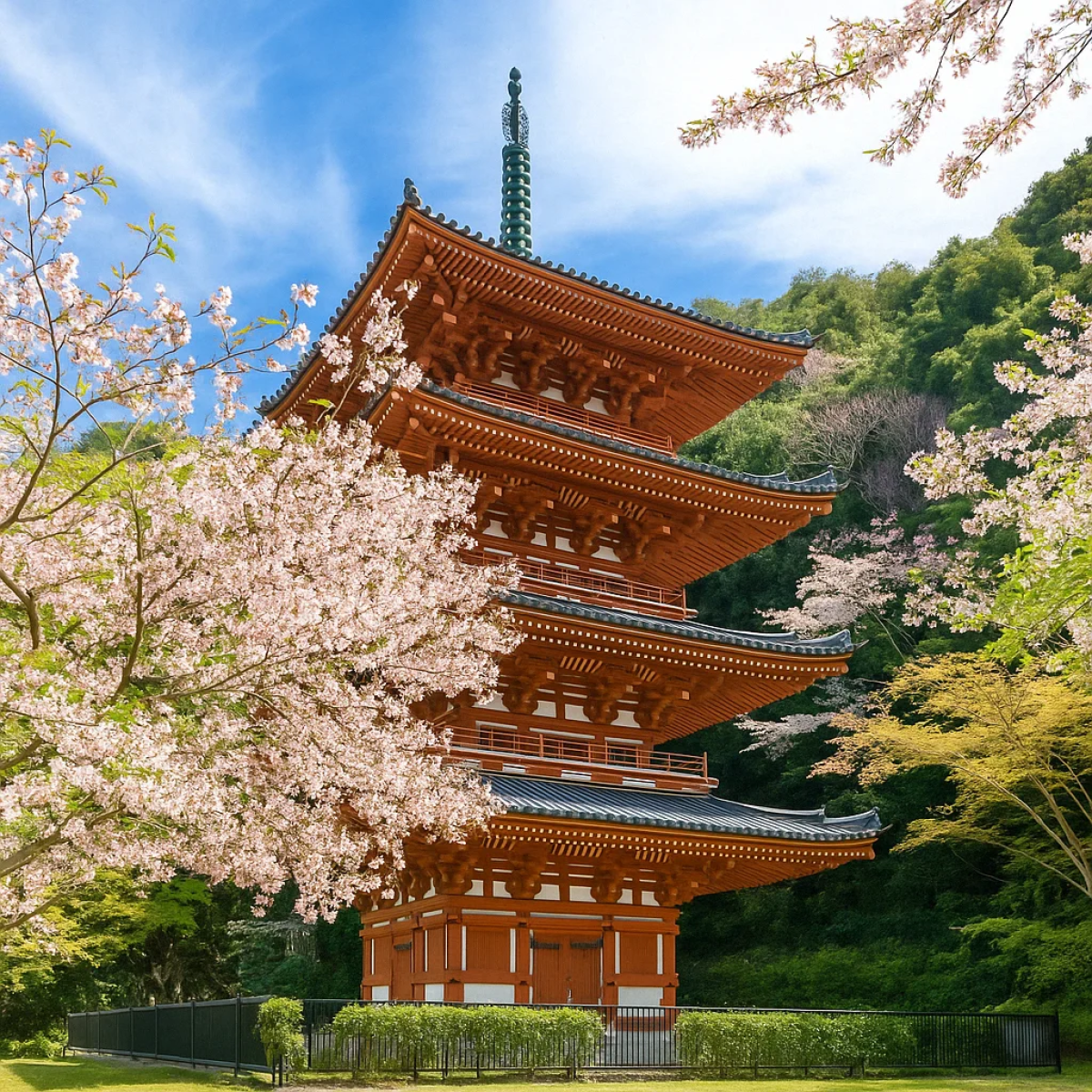
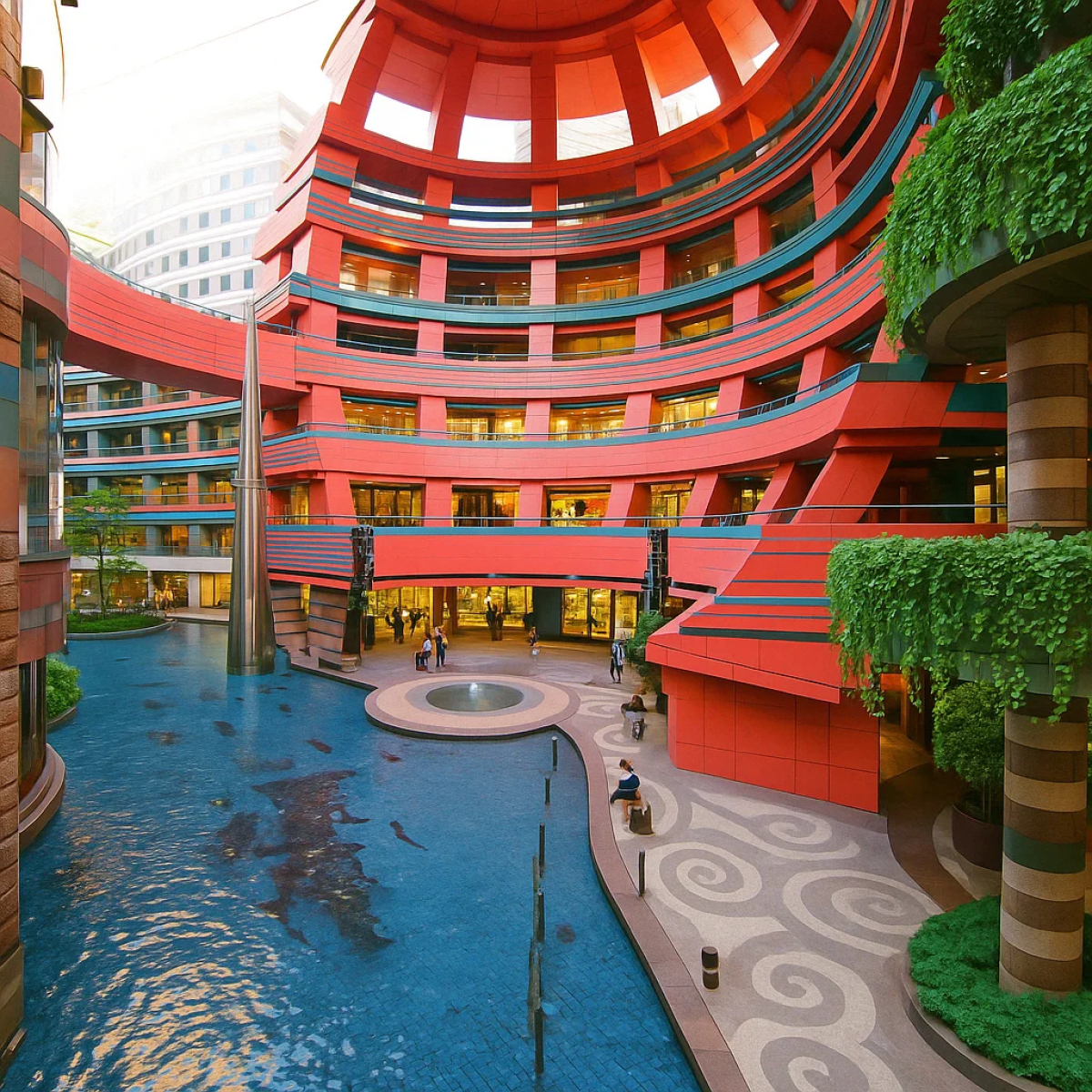
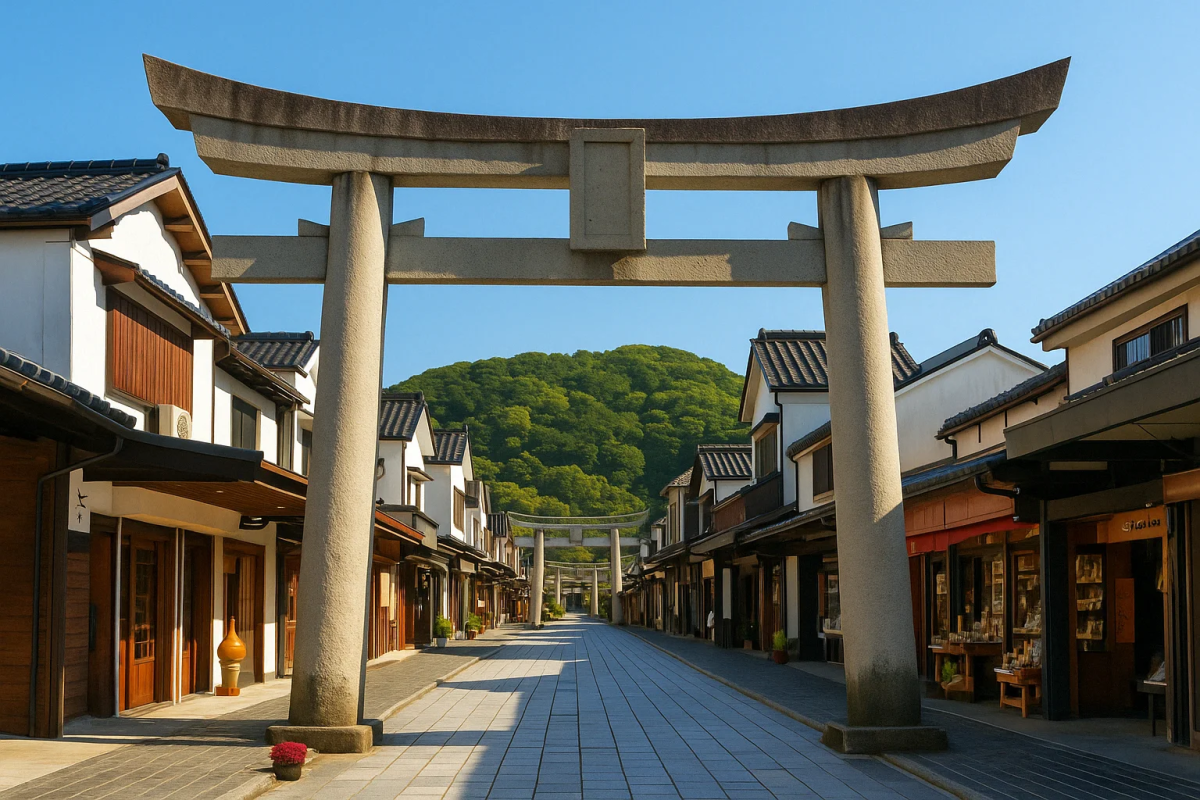
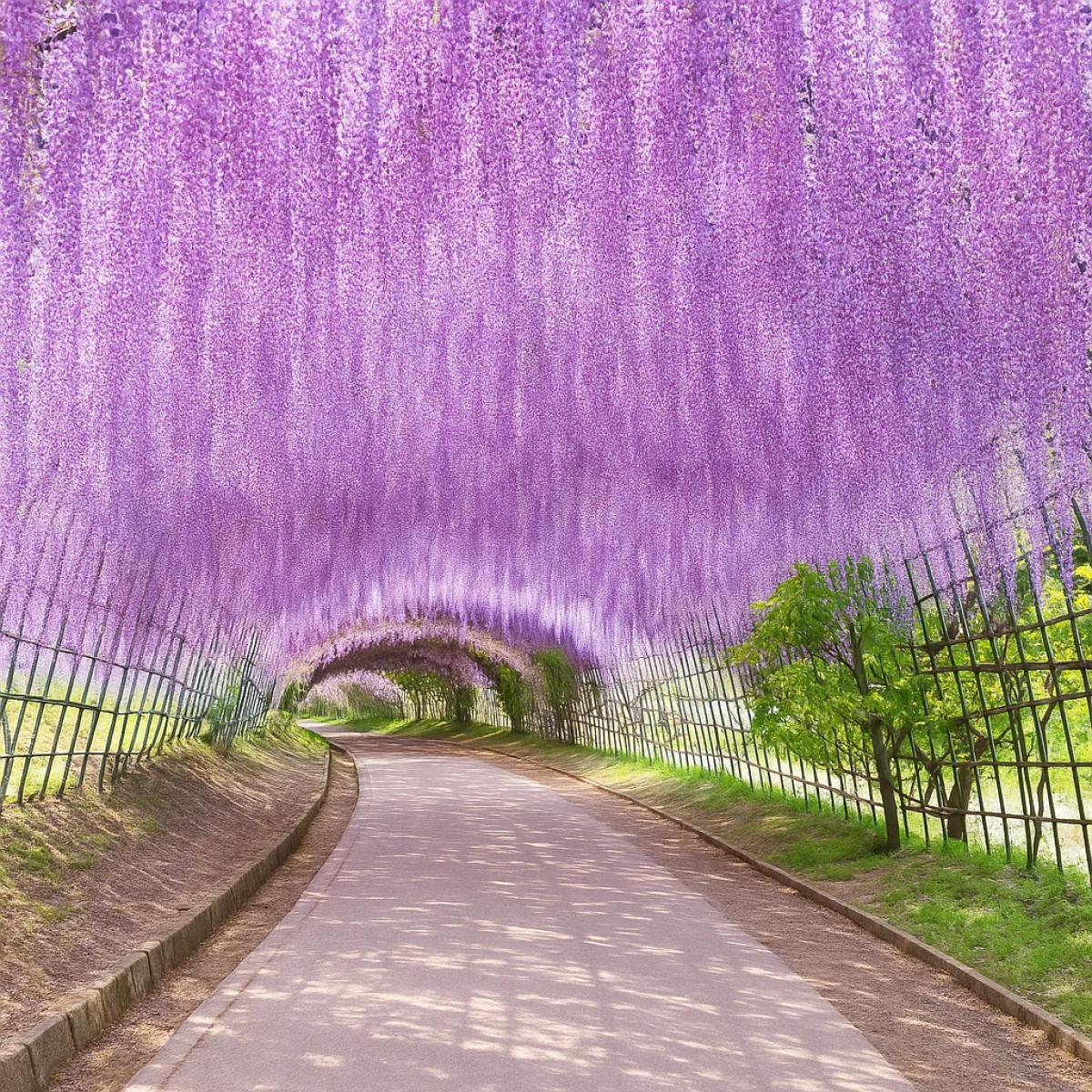
Fukuoka Travel Tips
Fukuoka (福岡), the vibrant capital of Kyushu, is one of Japan's largest and most populous cities, known for its unique blend of history, culture, and modern innovation. Situated closer to the Asian mainland than Tokyo, Fukuoka has been a key port city for centuries, playing a pivotal role in Japan’s international trade and military history. Its strategic location made it the site of the Mongol invasion attempts in the 13th century, and it continues to be a vital harbor today. This deep-rooted history, combined with rapid modernization, makes Fukuoka a fascinating destination for travelers seeking a dynamic and culturally rich experience.
The city as we know it today was formed in 1889 through the merger of the port city of Hakata and the former castle town of Fukuoka, creating a thriving urban center. Hakata, the beating heart of Fukuoka, is renowned not only for its bustling transportation hubs, including one of Japan's busiest railway stations, but also for its exceptional cuisine. Visitors can savor the iconic tonkotsu ramen, a rich pork-based noodle soup that originated in Hakata. Beyond the culinary delights, Fukuoka offers a blend of charming streets, historic landmarks, and lively markets that capture the essence of its past while embracing the vibrancy of modern city life. Whether exploring ancient temples, shopping in cutting-edge malls, or simply enjoying the local atmosphere, Fukuoka offers a dynamic experience for all who visit.
Getting around
Attractions
See all- Districts:
- Seaside Momochi
-
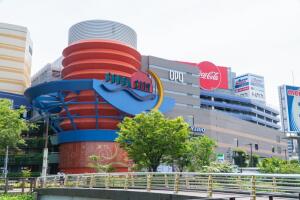 1Canal City Hakata
1Canal City HakataShopping, dining, and Hakata Ramen
-
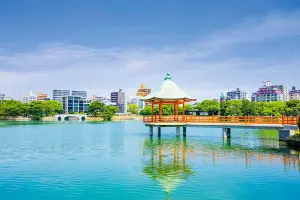 2Ohori Park
2Ohori ParkBeautiful park with serene pond
-
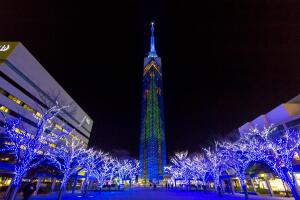 3Fukuoka Tower
3Fukuoka TowerJapan’s tallest seaside tower
-
 4Uminonakamichi Seaside Park
4Uminonakamichi Seaside ParkCherry blossoms, flower gardens, aquarium
-
 5Marine World Uminonakamichi
5Marine World UminonakamichiDolphin shows and shark aquarium
-
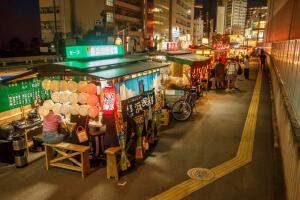 6Yatai (Food Stalls)
6Yatai (Food Stalls)Fukuoka’s iconic open-air food stalls
-
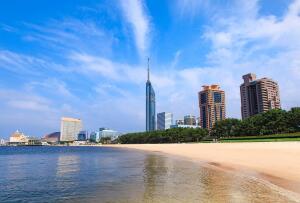 7Momochihama Beach
7Momochihama BeachUrban beach with Marizon island
-
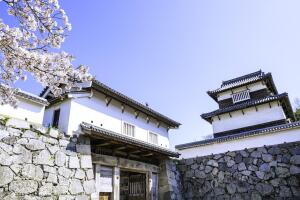 8Fukuoka Castle Ruins
8Fukuoka Castle RuinsHistoric castle ruins and cherry blossoms
-
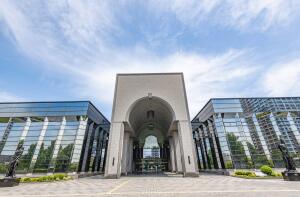 9Fukuoka City Museum
9Fukuoka City MuseumHistory of Fukuoka’s cultural exchange
-
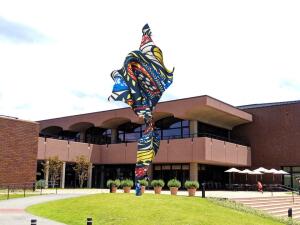 10Fukuoka Art Museum
10Fukuoka Art MuseumAncient statues and modern masterpieces
Events
Itineraries
Nearby
See allReviews
There are no reviews
